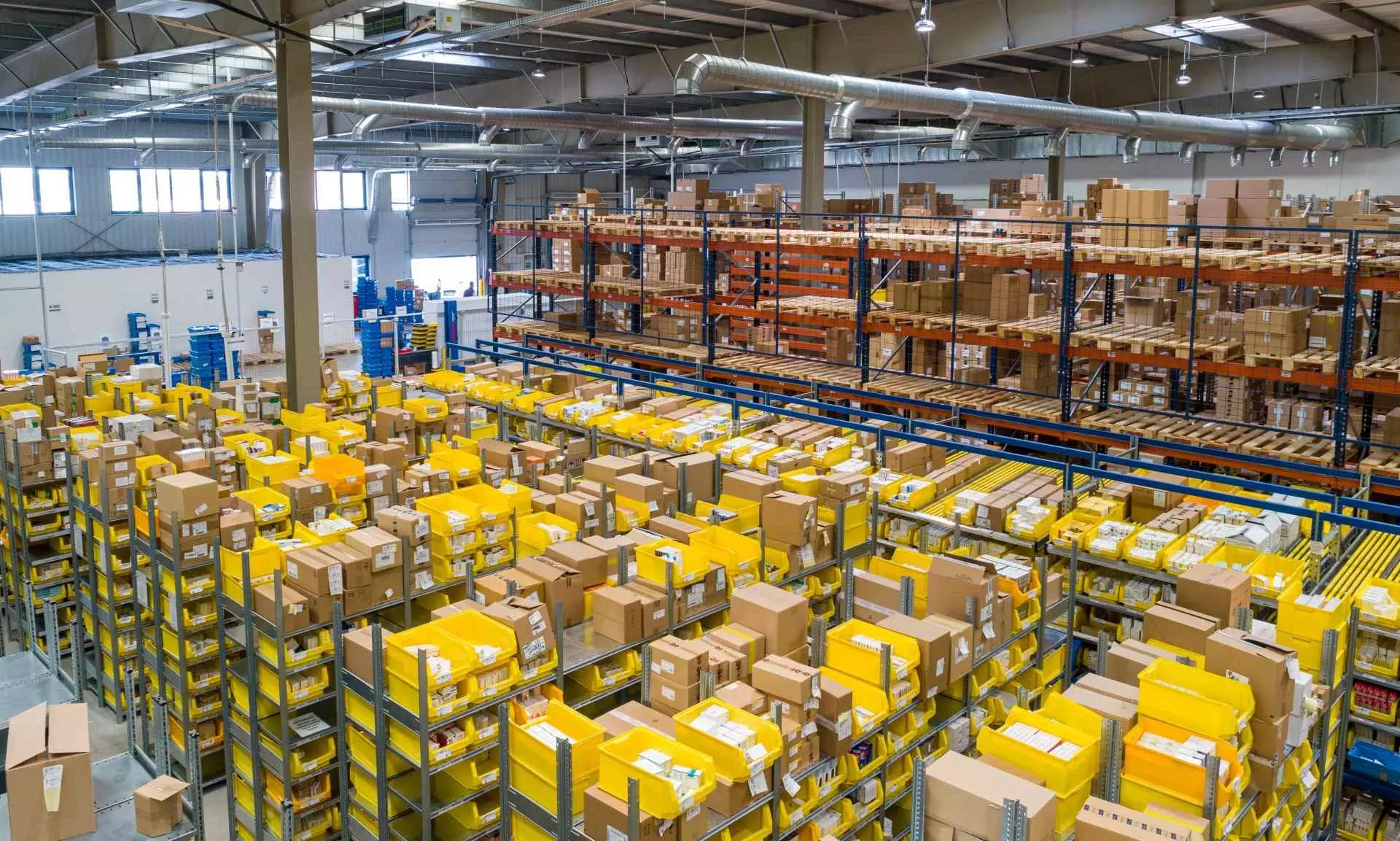A look back: Warehousing trends that defined 2023

Warehouses have come a long way from being simple storage facilities. Over the years, they have evolved into automated and tech-driven dynamic hubs playing a pivotal role in the business landscape. The rise in e-commerce activities, growing consumer aspirations and favorable government policies have been key factors behind one of the fastest growing spaces in today’s real estate market. According to Research and Markets, India’s warehousing market is expected to reach INR 2,872.10 bn by 2027, with at a CAGR of 15.64% during 2022-2027.
As the warehousing growth trajectory moves upwards, it is crucial to take note of the key trends that shaped the industry this year. According to a report by Knight Frank, not only did the demand for warehouses reach a record high at 51.3 million square feet in the year 2022-23, but the transaction volumes also exceeded the previous year’s figures, which were already the highest in history.
As we bid farewell to 2023, let us look back at a few trends that reflect the industry’s ability in meeting the dynamic demands of the marketplace.
Navigating warehousing trends
Increase in investments
Warehousing stood out as a lucrative investment asset for global companies, attracting substantial interest and investments. A Knight Frank report indicates that approximately 77% of private equity (PE) players express positive sentiments about continued participation in creating new warehousing assets in India. This trend aligns with the growing interest and investments from High Net Worth Individuals (HNIs) and global investors in India’s warehousing sector.
2023 has witnessed a noteworthy surge in private equity investment, reaching $1.9 billion, a momentum that is expected to extend in the coming year. HNIs recognize the potential for lucrative returns, strategically viewing warehouses as an investment opportunity amid the country’s thriving e-commerce market and escalating demand for modern solutions. The warehousing sector, recognized as one of the fastest-growing segments, reflects the value of owning commercial real estate. With its capability to ensure a steady income flow, this sector integrates cutting-edge technologies and improves operational efficiency.
Grade-A warehouses on the rise
Currently constituting 40% of the total stock, grade-A warehousing reflects a transformative shift, driven by diverse industry needs and technological advancements. Businesses are increasingly seeking warehouses with inherent operational efficiencies and better contingency planning. Subsequently, vertical and horizontal warehouses have also gained momentum. The former optimizes space by stacking goods upwards, making the most of limited square footage, while horizontal warehousing, with its expansive floor plans caters to seamless movement and efficient storage. Next in line, the emergence of dark warehouses, equipped with advanced automation and robotics, is reshaping the warehousing paradigm, responding to the need for increased operational efficiency and reduced labor dependence. This multifaceted demand for grade-A warehousing signifies a comprehensive approach where customization, tech integration, and spatial efficiency combine to meet the dynamic requirements of 3PL, FMCG, FMCG, Auto ancillary, and e-commerce players. Notably, Pune, Chennai, and Ahmedabad stand out with the highest concentration of grade-A stock, primarily due to their demand base around auto and auto ancillary occupiers.
Expansion in Tier-2, Tier-3 markets
The rise of warehouses in Tier-2 and Tier-3 markets has emerged as a pivotal trend in 2023, reshaping the geographical landscape of the warehousing industry. Traditionally concentrated in metropolitan areas, warehouses are now strategically expanding into secondary markets such as Hosur, Vijayawada, Cuttack, Guwahati, Coimbatore, among others because of their lower land acquisition costs, availability of skilled labor and improved connectivity to the end-user. Government initiatives such as Gati Shakti and Production-Linked Incentive (PLI) have also encouraged businesses to broaden their operations in these regions. This strategic expansion allows businesses to be closer to emerging consumer markets, reducing delivery times and transportation costs.
Automation & digitization transforming warehouses
The use of automation in Indian warehouses is experiencing a gradual upswing. However, a substantial acceleration is anticipated in the coming years. According to a report by Alvarez & Marsal, over 80% of Indian warehouses will integrate some level of automation by 2030. Grade-A warehouses equipped with modern technologies are essential amid rising demand.
Various forms of automation, including robotic systems and conveyor workstations, are transforming the warehousing landscape. These automated solutions, while currently gaining traction at a measured rate, are expected to play a pivotal role in expediting order fulfillment processes. The precise location tracking facilitated by these systems significantly reduces the time spent by workers on tasks like relocating and re-picking goods. This highlights the evolving role of automation as a critical factor shaping the future of the warehousing sector.
Customer-driven sustainable warehousing
This year, sustainability emerged as a cornerstone of responsible business practices, gaining prominence within the warehousing industry. Sustainable warehousing prioritizes eco-friendly practices, encompassing energy-efficient lighting, waste reduction initiatives, and the adoption of green building materials among others. Despite the current low percentage of green-certified warehouses, the momentum is gradually shifting towards the development of certified green warehouses as developers and occupiers recognize the benefits of sustainable assets.
The demand for sustainable warehouses is expected to rise due to a global push and growing awareness among foreign investors about the escalating costs of resources like energy, water, and materials. The implementation of environmentally friendly measures in sustainable warehouses has demonstrated significant savings in terms of energy and water consumption, as well as total embodied energy, compared to non-sustainable warehouses. Furthermore, sustainable warehouses offer quick returns on investments, allowing for the recovery of the entire cost spent on incorporating green measures within a few years of starting operations. With sustainable warehousing taking center stage in 2023, it is poised to play a pivotal role in shaping a more eco-conscious and responsible future in the years to come.
Forward-looking approach
As we look ahead to 2024, the warehousing landscape is poised for further transformations with favourable government policies. The Indian government's forthcoming e-commerce policy, focusing on uniform packaging standards in warehouses, is poised to bring an interesting shift, optimizing space utilization and aligning with the goal of reducing logistics costs. Moreover, the integration of artificial intelligence, the continued rise of sustainable practices, and the exploration of new technologies are expected to define the future of warehouses.
The views and opinions expressed in this article are those of the author and do not necessarily reflect the views of Indian Transport & Logistics News.

Manikandan Ramachandran
He is the chief operating officer of TVS Industrial & Logistics Parks. He is a civil engineer with a construction management degree from IIT Madras. He has over 18 years of experience in healthcare, warehousing, and educational infrastructure projects. During his career, he has actively participated in land acquisition, business development, project management, design, and procurement management. Prior to joining TVS ILP, he worked with GE, Jones Lang LaSalle, and Everonn Education Limited, where he managed projects, operations, and strategic planning.


